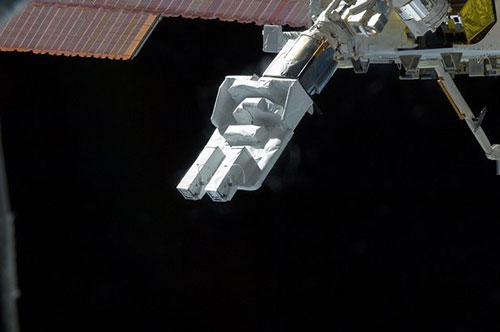 Typically satellites launch from Earth, requiring dedicated launch vehicles to propel them into the proper orbit. The cost for this launch scenario could be reduced considerably if there was another way to get the satellites into their optimal orbit. The Japan Aerospace and Exploration Agency (JAXA) found a way to cut the costs of this activity by designing a small satellite launcher, installed recently on the International Space Station.
Typically satellites launch from Earth, requiring dedicated launch vehicles to propel them into the proper orbit. The cost for this launch scenario could be reduced considerably if there was another way to get the satellites into their optimal orbit. The Japan Aerospace and Exploration Agency (JAXA) found a way to cut the costs of this activity by designing a small satellite launcher, installed recently on the International Space Station.
Dec 11th, 2012
Read more
The challenge was the observation of effect occurred during the transit of Venus across the Sun on June 6th, dubbed "Rossiter-McLaughlin effect". This is a phenomenon that occurs when a celestial body passes in front of a star, hiding a part of its rotating surface and that produces a temporary distortion in the profiles of the spectral lines of light coming from the eclipsed star.
Dec 11th, 2012
Read more
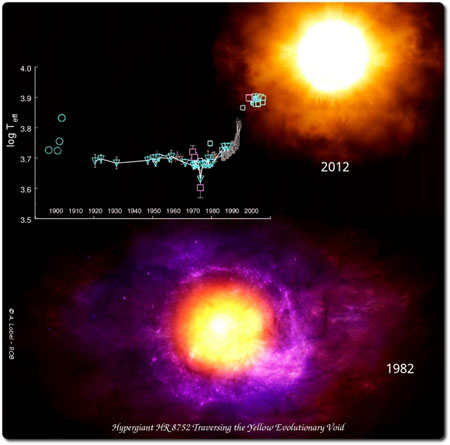 A European research team has published the results of a 30-year study of an extraordinary hypergiant star.
A European research team has published the results of a 30-year study of an extraordinary hypergiant star.
Dec 9th, 2012
Read more
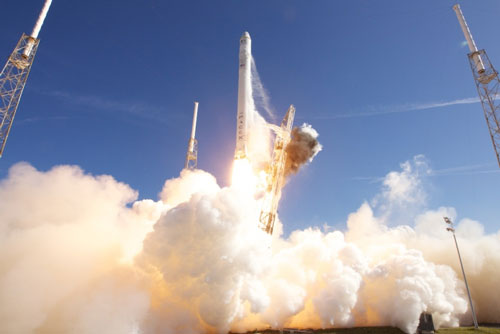 The United States Air Force Space and Missile Systems Center has awarded SpaceX two Evolved Expendable Launch Vehicle (EELV)-class missions: DSCOVR (Deep Space Climate Observatory) and STP-2 (Space Test Program 2)
The United States Air Force Space and Missile Systems Center has awarded SpaceX two Evolved Expendable Launch Vehicle (EELV)-class missions: DSCOVR (Deep Space Climate Observatory) and STP-2 (Space Test Program 2)
Dec 7th, 2012
Read more
A team of astronomers led by the University of Leicester has uncovered new evidence that suggests that X-ray detectors in space could be the first to witness new supernovae that signal the death of massive stars.
Dec 7th, 2012
Read more
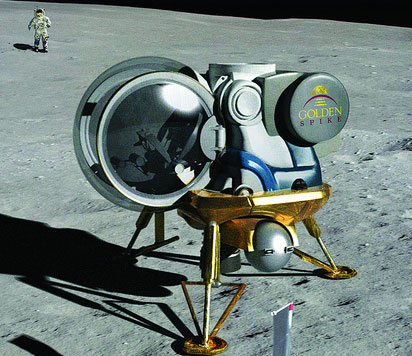 A team of former Nasa executives has launched a private venture to send two people to the Moon for $1.4bn.
A team of former Nasa executives has launched a private venture to send two people to the Moon for $1.4bn.
Dec 7th, 2012
Read more
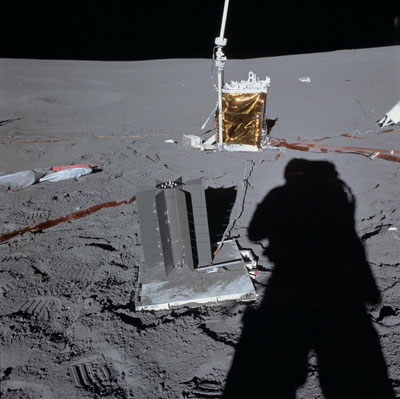 Forty years after the last Apollo spacecraft launched, the science from those missions continues to shape our view of the moon. In one of the latest developments, readings from the Apollo 14 and 15 dust detectors have been restored by scientists at NASA
Forty years after the last Apollo spacecraft launched, the science from those missions continues to shape our view of the moon. In one of the latest developments, readings from the Apollo 14 and 15 dust detectors have been restored by scientists at NASA
Dec 7th, 2012
Read more
 NGC 922's current unusual form is a result of a cosmic bullseye millions of years ago. A smaller galaxy, catalogued as 2MASXI J0224301-244443, plunged right through the heart of NGC 922 and shot out the other side.
NGC 922's current unusual form is a result of a cosmic bullseye millions of years ago. A smaller galaxy, catalogued as 2MASXI J0224301-244443, plunged right through the heart of NGC 922 and shot out the other side.
Dec 6th, 2012
Read more
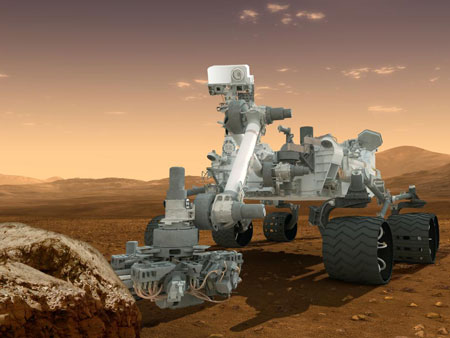 Building on the success of Curiosity's Red Planet landing, NASA has announced plans for a robust multi-year Mars program, including a new robotic science rover set to launch in 2020.
Building on the success of Curiosity's Red Planet landing, NASA has announced plans for a robust multi-year Mars program, including a new robotic science rover set to launch in 2020.
Dec 6th, 2012
Read more
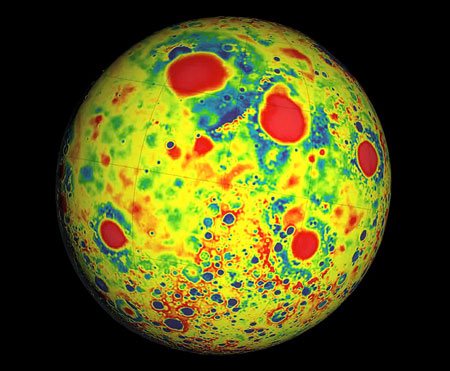 Twin spacecraft create a highly detailed gravity map of the moon, finding an interior pulverized by early impacts.
Twin spacecraft create a highly detailed gravity map of the moon, finding an interior pulverized by early impacts.
Dec 6th, 2012
Read more
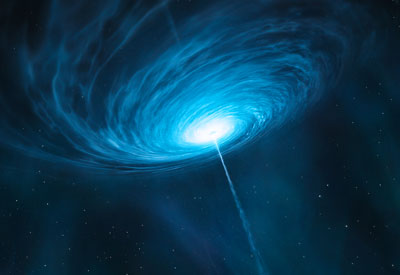 The very first stars may have turned on when the universe was 750 million years old.
The very first stars may have turned on when the universe was 750 million years old.
Dec 6th, 2012
Read more
 A Cornell-based project called KickSat is set to launch more than 200 tiny satellites, nicknamed "sprites," into low-Earth orbit as part of a routine NASA-administered mission in 2013 to the International Space Station.
A Cornell-based project called KickSat is set to launch more than 200 tiny satellites, nicknamed "sprites," into low-Earth orbit as part of a routine NASA-administered mission in 2013 to the International Space Station.
Dec 5th, 2012
Read more
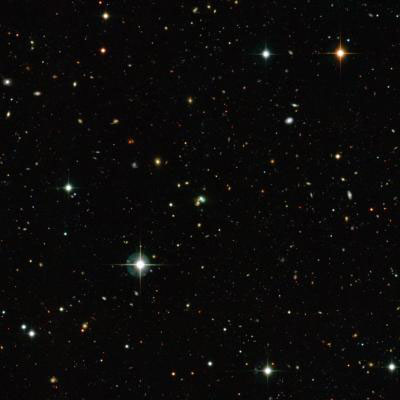 VLT observations identify very rare new kind of galaxy.
VLT observations identify very rare new kind of galaxy.
Dec 5th, 2012
Read more
Twin spacecraft have captured the clearest sounds yet from Earth's radiation belts - and they mimic the chirping of birds.
Dec 4th, 2012
Read more
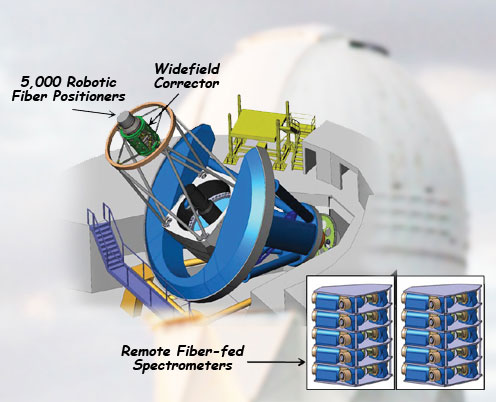 $2.1 Million Grant to Berkeley Center for Cosmological Physics advances dark energy research at UC Berkeley and Berkeley Lab.
$2.1 Million Grant to Berkeley Center for Cosmological Physics advances dark energy research at UC Berkeley and Berkeley Lab.
Dec 4th, 2012
Read more
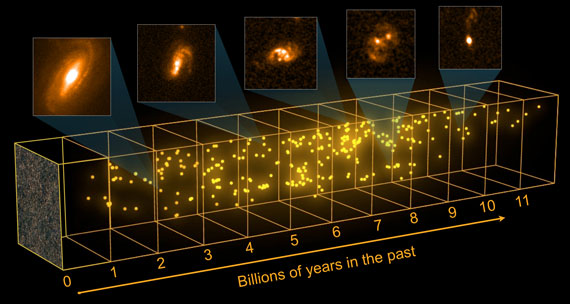 By combining the observing powers of ESA's Herschel space observatory and the ground-based Keck telescopes, astronomers have characterised hundreds of previously unseen starburst galaxies, revealing extraordinary high star-formation rates across the history of the Universe.
By combining the observing powers of ESA's Herschel space observatory and the ground-based Keck telescopes, astronomers have characterised hundreds of previously unseen starburst galaxies, revealing extraordinary high star-formation rates across the history of the Universe.
Dec 4th, 2012
Read more
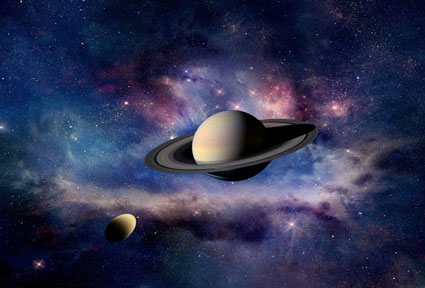 Scientists have long suspected that a vast ocean of liquid water lies under the crusty exterior of Titan, Saturn's largest moon. New analysis suggests that the internally generated heat that keeps that ocean from freezing relies on the moon's interactions with Saturn and its other moons.
Scientists have long suspected that a vast ocean of liquid water lies under the crusty exterior of Titan, Saturn's largest moon. New analysis suggests that the internally generated heat that keeps that ocean from freezing relies on the moon's interactions with Saturn and its other moons.
Dec 4th, 2012
Read more
Two French researchers have recently proposed the first ever model explaining how the great majority of regular satellites in our solar system were formed out of planet rings. The model, the only one of its kind, was first tested in 2010 on Saturn's moons.
Dec 4th, 2012
Read more
 Typically satellites launch from Earth, requiring dedicated launch vehicles to propel them into the proper orbit. The cost for this launch scenario could be reduced considerably if there was another way to get the satellites into their optimal orbit. The Japan Aerospace and Exploration Agency (JAXA) found a way to cut the costs of this activity by designing a small satellite launcher, installed recently on the International Space Station.
Typically satellites launch from Earth, requiring dedicated launch vehicles to propel them into the proper orbit. The cost for this launch scenario could be reduced considerably if there was another way to get the satellites into their optimal orbit. The Japan Aerospace and Exploration Agency (JAXA) found a way to cut the costs of this activity by designing a small satellite launcher, installed recently on the International Space Station.
 Subscribe to our Space Exploration News feed
Subscribe to our Space Exploration News feed











